The first diagram shows I0 passing through Rc and Xm. The primary current Ip is the sum of I0 and the scaled output current that is not explicitly shown.
The second diagram shows the difference between I1 and I2/a passing through Gc and Bm, without calling it anything.
These two versions are equivalent, at least mathematically.
There are two specified currents at the node where Xp/X1, Rc/Gc, Xm/Bm and RsN2/x2a2 meet. The third is given by Kirchoff.
The current flowing through the Xm/Bm Rc/Gc components (let's call this the core current) is controlled essentially by the constant input voltage, as the components Rp/r1 and Xp/x1 tend to be very small. It is therefore more or less constant.
I find the first diagram easier to be intuitive about, as we can just say that the input current Ip is the sum of this core current, and the turns-scaled load current drawn by the ideal transformer.
My problem with the second one, though entirely consistent with the first, is that we have a small current drawn by the core components, which consists of the small difference between two large and variable currents I1 and I2/a. As such, I find it difficult to think other than that this core current could be very wild and variable. As it happens, I1 varies exactly as needed to be the sum of the more or less constant core current and I2/a, so thinking of the core current as a difference is unhelpful, at least to me, and it sounds like to you as well.

